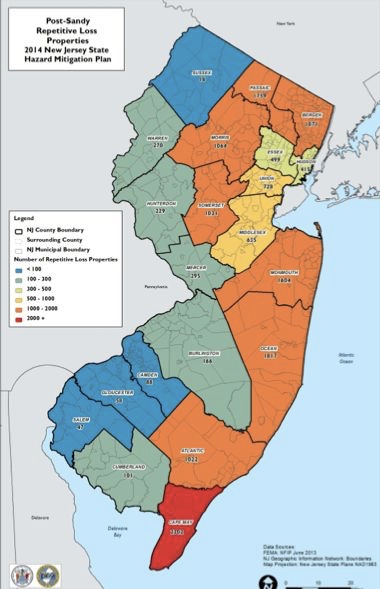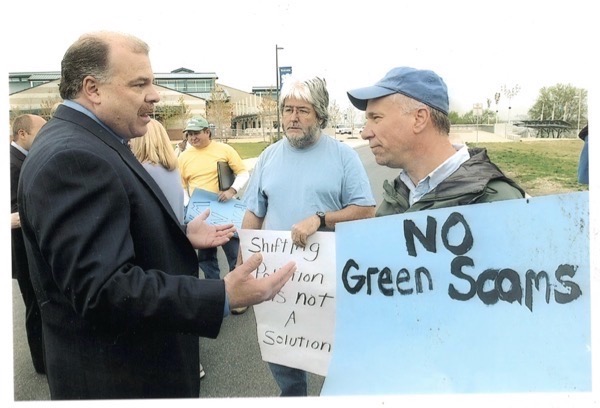NY Times Op-Ed Focuses On Alleged Woodbridge NJ Colonia High School Cancer Cluster
State Risk Communications Failures Exacerbated Uncertainty & Lack Of Trust
State Investigation Woefully Inadequate
Murphy DEP Commissioner Seeks To Derail A Broader Investigation
The NY Times published a well written and pretty thorough Op-Ed today on the alleged Woodbridge NJ Colonia High School cancer cluster. The author attempted to balance the science with the communication and human and emotional dimensions. Read the whole thing:
I’m glad that someone finally focused on the CDC Cancer Cluster Guidelines, particularly as they apply not only to the fundamental statistics of epidemiology, but to the key issues of communication with the community.
It is obvious that State Officials failed to even attempt to meet the spirit of these CDC guidelines, which I criticized as serious flaws in this May 2, 2022 post:
2. The federal CDC Guidelines for responding to an alleged cancer cluster are not being followed by NJ State government agencies.
Specifically, CDC Guidelines stress open and early communications with the community and media; transparency; and scientific rigor.
CDC does NOT recommend that federal and State health and environmental agencies delegate these investigations to local governments, as the Murphy Administration has done. Local governments lack the expertise, authority, and resources to respond.
Yet, instead of holding the Murphy administration to these guidelines and reporting State failures as facts, Spotlight reports these failures as shortcomings alleged by local residents.
I did not follow the local public hearings on the DEP response, so I was absolutely appalled to just now read Murphy DEP Commissioner LaTourette’s quote that attempts to suppress the scope of the investigation: (NY Times)
At the Colonia High School news conference in May, reporters pressed a panel of state experts on the decision not to test water and soil, even if just to reassure concerned community members that there was nothing there.
That kind of follow-up could have the opposite effect, said Shawn LaTourette, New Jersey’s commissioner of environmental protection, and send “the wrong message” that the suspicions deserved any more resources than what had already been invested.
Why would DEP Commissioner LaTourette want to cover up cancer risks?
The question answers itself:
And it’s too bad that no one told The NY Times reporter about the Toms River childhood cancer cluster and how causal effects for certain cancers were attributed to local chemical air pollution and an unregulated chemical in drinking water:
“The study found that prenatal exposure to two environmental factors in the past were associated with increased risk of leukemia in female children. These exposures were: 1) access to drinking water from the Parkway well field after the time that the well field was most likely to be contaminated, and 2) air pollutant emissions from the Ciba-Geigy chemical manufacturing plant.”
[End Note: To give readers a sense of just how corrupted the entire “environmental” scene has become, consider that Woodbridge was ranked NJ’s #1 “Sustainable Town”. Hit that link, take a look and see if you agree!]
Here is my LTE to the NYT in response, which I doubt they will print:
Hi – The cancer cluster investigation was woefully inadequate.
The State DEP failed to consider any causal agents other than radiological concerns, despite their knowledge of the presence of known and suspected carcinogens in the ambient air and drinking water.
The Colonia HS is located a stone’s throw from the Garden State Parkway and a gas station, where thousands of vehicle per hour and gas pumps spew known cancer causing chemicals into the air (benzene, hydrocarbons, et al).
The region is densely populated with hundreds of known industrial air pollution sources that emit known carcinogens. EPA and DEP have conducted emissions stack tests, ambient air quality sampling, air quality modeling, and risk assessment. Based on that data and science, DEP knowns of excess cancer risk from regulated “Hazardous Air Pollutants” (HAPs). These cancer risks do not consider cumulative or synergistic effects, or the risks of exposure to unregulated chemicals.
Similarly, based on their own research, DEP knows that drinking water is contaminated by over 500 unregulated chemicals with unknown health risks, but many suspected to be biologically active and possible carcinogens.
For many years, DEP has downplayed and even suppressed the risks from the above.
I’d be glad to provide links and formal source citations to document the above claims.
Bill Wolfe







